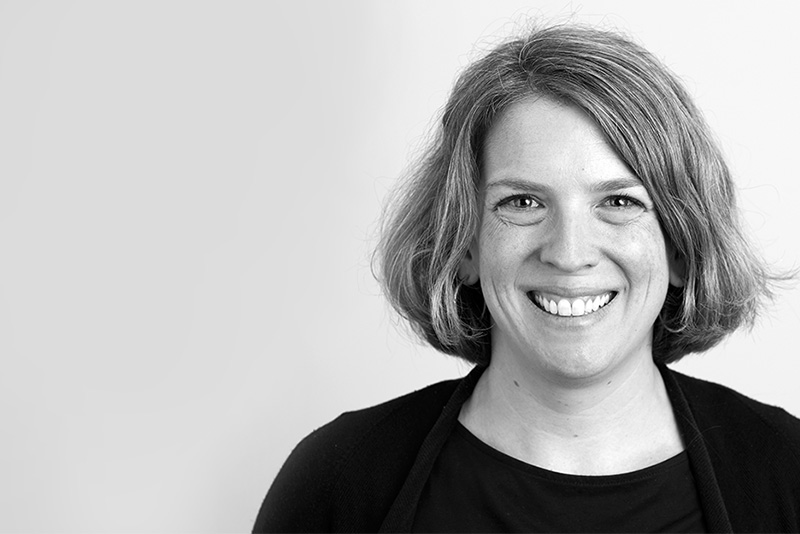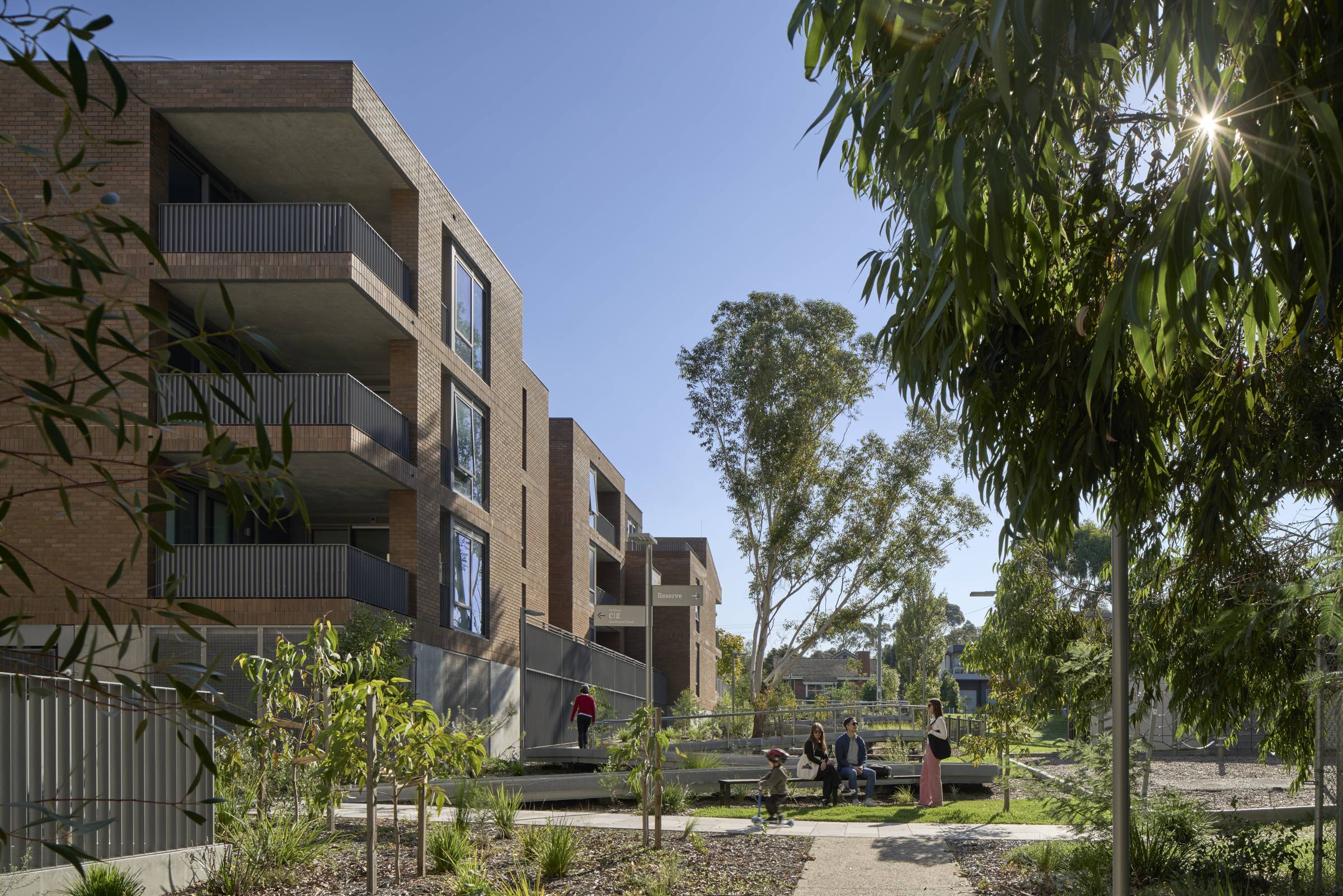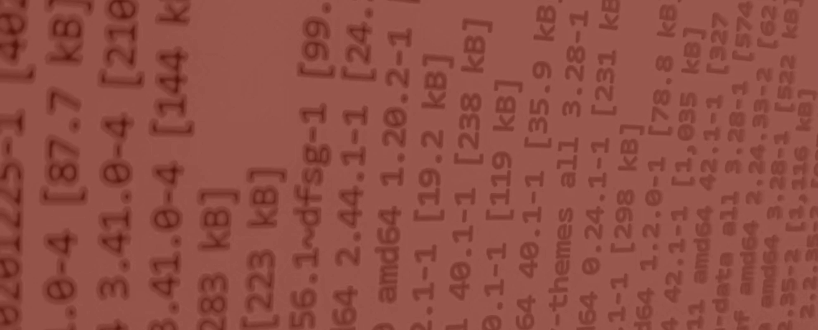
There is starting to be a shift from a focus purely on the purpose of the physical workplace to thinking about how the workplace has a role in the psychological and emotional well-being of employees. There are a few elements that are important in discussions of the workplace around communication and trust. What’s the organisation’s role and impact in this area?
I would like to see companies acknowledging the diversity of people that work for them and that can be suitable to work for them. There’s a lot of reasons that people might choose to not want to work in a busy office environment. It could be because of their personal circumstances or because of a health issue. It could be because their personality preference is that they prefer to be on their own rather than in big, noisy, crowded, open plan type environments. For all of those reasons, someone might prefer to be able to work remotely, partly or all of the time. The corporate world can be great for some people, but it’s really crappy for others. If more organisations could acknowledge that kind of diversity, it would be a really great start. I think the world becomes a more community focused, positive place to be.
I do think that with any change it’s important to think about the future. You can’t think about a period of change as being a circle that takes you back to where you started. We need to be thinking about the future on a national level, on a global level, on a personal level as well. Everybody needs to be thinking about, what have I learned through this period and how do I want that to impact what my future looks like?
I think people have realised that there’s a need to be prepared to be adaptable quickly. I would say that applies to buildings and that applies to businesses. You need to have a plan to be adaptable, flexible, able to shift quickly, and able to pivot quickly. Because the people who couldn’t do that, I would say, are probably the ones that have been struggling most through this time.
One of the things that I learnt from both my grandmothers was a lesson about bravery. They both had at different times and through different circumstances things that they did, which I think were incredibly brave. As a young kid when I heard the stories about their lives, I learned that being brave and making decisions that are right for you is really important and something that you should not be scared to do.
Read more about Hannah Beveridge here.
This article first appeared here on Gazella.


